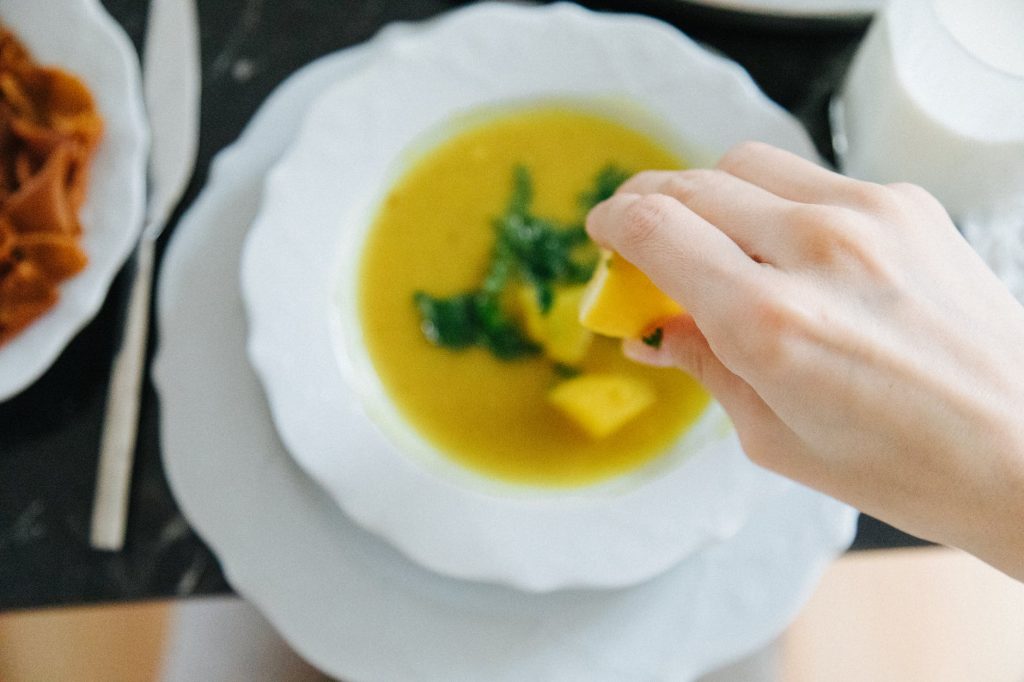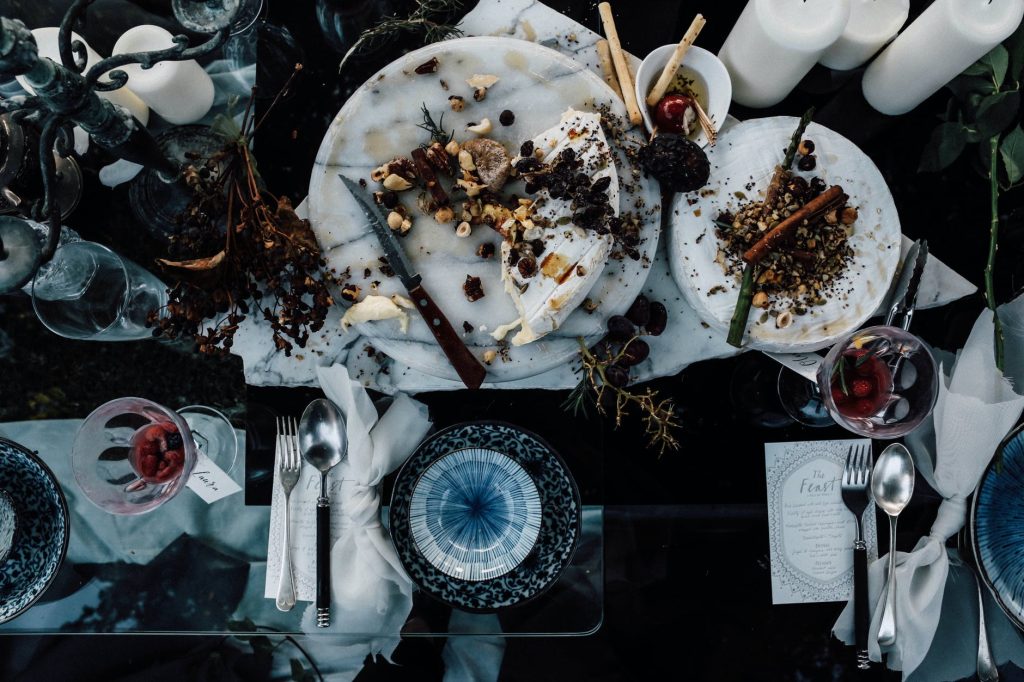We’ve always been told not to put anything in our mouths, especially if it’s dirty. But some are hard to convince, and we’re not just talking about children.
If you’re too picky about eating dirt, we suggest going to places other than restaurants serving said item. You can go to Golden Corral instead, and help yourself with food that’s guaranteed to be hygienic. But if you want to try it out, check for the name of the restaurant in this list.
1. Bird Nest Soup

We will start the list with what we consider “safe” food items. This soup is made from bird spit – yes, you read that right. Bird nest soup is made from the nest of a cave-dwelling bird native to Southeast Asia. Swiftlets build their nest on high cave walls using their saliva. Their saliva solidifies to act as a home, and workers harvest these for soup.
Bird nest soup is thought to have medicinal properties, which is part of the reason why it’s a popular dish in China. The demand for birdnest increased in the 1990s, which caused a drastic decrease in swiftlet population. The numbers have recovered now, but the price still remains unchanged.
Bird nest doesn’t have a unique taste, but it is similar in texture to cooked clear egg white – it’s chewy, and tasteless, but adds a new dimension to soup.
2. Fish Eyeballs
In Japan, efficiency is king. And wastefulness is not a trait people want, so, fish eyes still get sold as food items. The consumption of fish eye is not new in Japan, in fact, it’s also eaten in other Southeast Asian countries. Even children aren’t picky with eating fish eyes either.
Fish eyeballs are filled with vitreous humor, a substance that gelatinizes when heated or cooked. Unfortunately, it doesn’t taste as good. To get around it, it should be steamed lightly, with little to little seasoning.
The result is a creamy delicacy that not many are willing to try. When used in combination with fish heads, the soup will turn out much more thicker. In Japan and certain Nordic countries, cooking fish heads wastes little product, so it’s perfect for anyone who wants their money’s worth.
3. Ant Eggs
If you don’t want birds, and if fish are your friends, maybe it’s time to switch to lesser animals. Some aborigines in Australia eat ants right off the ground (hopefully this cultural practice is preserved), but ever heard of eating ant eggs?
In Laos, ant eggs are served in soups. They’re often used as either meat substitutes or garnishes, but either way, they reportedly taste delicious. In fact, many people think ant egg soup tastes like shrimp, and people who visit places that serve these shouldn’t complain if they find a few pieces of bugs in it.
It’s not contaminated – baby ants are usually added in the soup to give it pops of rancidity that is balanced out by the milky soup base.
If you don’t like the taste of shrimp, you can add a few drops of lime. Ant egg soup is an herbal soup, with lots of ginger, garlic, and aromatic lemon grass. Fun fact: Mexico serves ant eggs too, and they call it escamoles.
4. Live Baby Octopus
While this may not be a weird food for our Japanese and Korean friends, it certainly is for other parts of the world. In Japan, baby octopus as food is called san-nakji. Contrary to popular belief, san-nakji is actually prepared by killing the octopus first, and that the consumption of live baby octopus is more of a local practice instead of being widespread.
San-nakji is usually accompanied by drinking, with either soju for Koreans, or sake for the Japanese. Due to the nerve activity of the tentacles, care should be taken when consuming san-nakji. Individuals who have been consuming san-nakji for a long time advise wrapping the tentacles on a chopstick prior to consumption to lessen the suction, and ultimately, prevent choking.
5. Dirt
Remember that expression you tell someone you hate so much? Well, Ne Quittez Pas, a French restaurant in Japan is taking it literally. You can eat dirt in this restaurant. They serve a variety of food, drinks, soups, and salads with dirt. For those interested, this is a concept known as geophagy, and it’s not new to humans at all.
Don’t worry about microbes and such – this dirt is considered food-safe, and it contains live bacteria that promotes a healthy gut.
What do you think of the list? Do you have weird food items that you want to include in this list? Feel free to comment down below!
